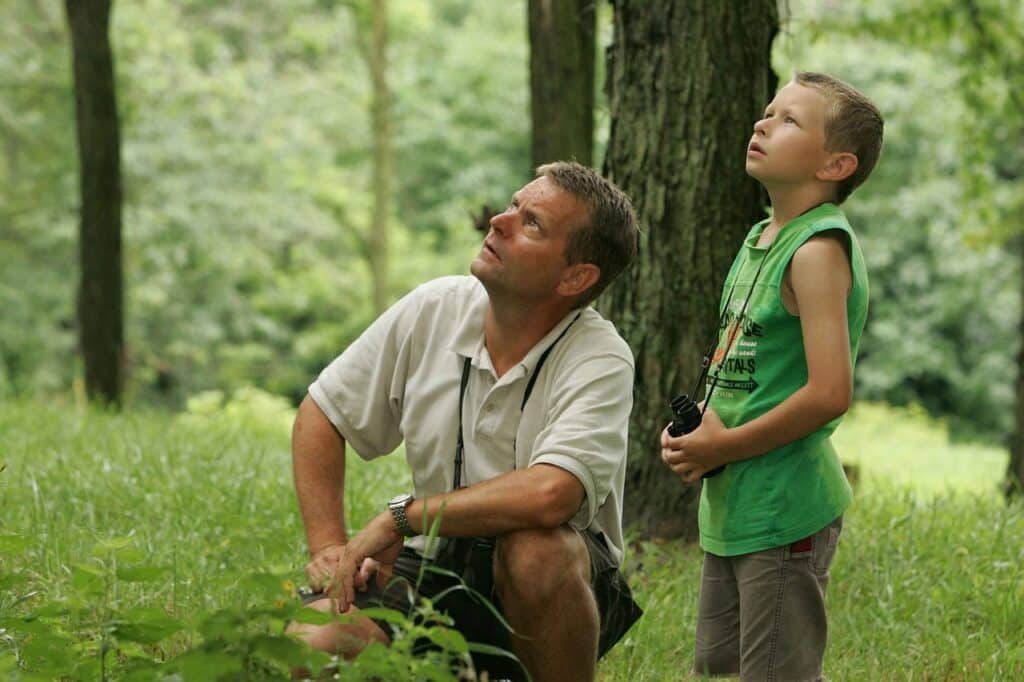No products in the cart.
Fun Facts
From Sons to Society: The Enduring Evolution of Father’s Day
From Sons to Society: The Enduring Evolution of Father’s Day
Long before greeting cards and backyard barbecues, the concept of celebrating fathers has weaved its way through history. While the modern iteration of Father’s Day finds its roots firmly planted in the 20th century, the seeds of honoring fatherhood stretch back millennia. Let’s embark on a journey to explore the fascinating history of Father’s Day and how it has transformed alongside our evolving societal understanding of fatherhood.
Echoes from the Past: Early Recognition of Fathers
The earliest whispers of a Father’s Day celebration can be traced back to ancient civilizations. In Mesopotamia, archaeologists unearthed a nearly 4,000-year-old Babylonian clay tablet, considered to be the first known Father’s Day card. This inscription, etched by a son named Elmesu, expresses heartfelt wishes for his father’s health and a long life.
Centuries later, in medieval Europe, the Catholic Church established the feast day of Saint Joseph, Jesus’s earthly father, on March 19th. This day served as a time to honor father figures within the community, particularly in Catholic countries. Interestingly, this tradition predates the celebration of Mother’s Day by several centuries.
The Spark of a Modern Tradition: Sonora Smart Dodd and the Birth of Father’s Day
Fast forward to the early 20th century in the United States. Inspired by a Mother’s Day sermon in 1909, Sonora Smart Dodd, a young woman from Spokane, Washington, felt compelled to establish a similar day dedicated to fathers. Her own father, William Jackson Smart, a Civil War veteran, had raised six children on his own after his wife’s passing. Deeply moved by his strength and dedication, Sonora envisioned a day to recognize all fathers who played a vital role in their children’s lives.
With unwavering determination, Sonora lobbied local organizations, including the YMCA, to secure support for her initiative. In 1910, the first official Father’s Day celebration took place in Spokane on the third Sunday of June, coinciding with William Jackson Smart’s birthday. While initially localized, the idea resonated with many across the nation. Over the next few decades, Father’s Day celebrations gained momentum, with states gradually adopting the observance.
A Bumpy Road to National Recognition
However, the path to national recognition for Father’s Day wasn’t without its challenges. Unlike Mother’s Day, which garnered immediate support, Father’s Day faced resistance from some quarters. Concerns arose about commercialization and the potential to overshadow Mother’s Day. Additionally, societal norms of the time placed a greater emphasis on mothers as primary caregivers, contributing to a slower embrace of Father’s Day.
The Second Wave: A Celebration of Fatherhood
Despite these initial hurdles, Father’s Day continued to gain traction. By the mid-20th century, the holiday enjoyed widespread recognition, albeit unofficially. In 1972, President Richard Nixon finally signed a proclamation establishing Father’s Day as a permanent national holiday in the United States, to be celebrated on the third Sunday of June.
This official recognition marked a turning point. Father’s Day evolved beyond simply honoring fathers as providers. It became a day to celebrate the multifaceted roles fathers play in their children’s lives – from mentors and guides to sources of unconditional love and support.
The Modern Landscape: A Celebration of Diversity
Today, Father’s Day reflects the ever-evolving landscape of families. It’s a day to celebrate biological fathers, stepfathers, adoptive fathers, foster fathers, grandfathers, and any father figure who holds a significant position in a child’s life. Fatherhood is no longer confined to a single definition. The celebration acknowledges the various ways men nurture, care for, and contribute to the well-being of children.
Beyond Hallmark Cards: A Celebration of Shared Experiences
The way we celebrate Father’s Day has also undergone a transformation. While gift-giving remains a tradition, the emphasis has shifted towards creating shared experiences. From backyard barbecues and camping trips to sporting events and movie nights, Father’s Day allows families to forge lasting memories and strengthen bonds. Social media has also played a role in the evolution of Father’s Day. Platforms like Instagram and Facebook are flooded with heartfelt messages and photos, creating a more public and inclusive way to celebrate fathers.
Looking Ahead: The Future of Father’s Day
As societal norms continue to evolve, so too will our understanding of Father’s Day. The future of the holiday may see an even greater emphasis on mental health awareness and support for fathers. Additionally, it could become a platform to advocate for policies that promote work-life balance and parental leave for fathers.



